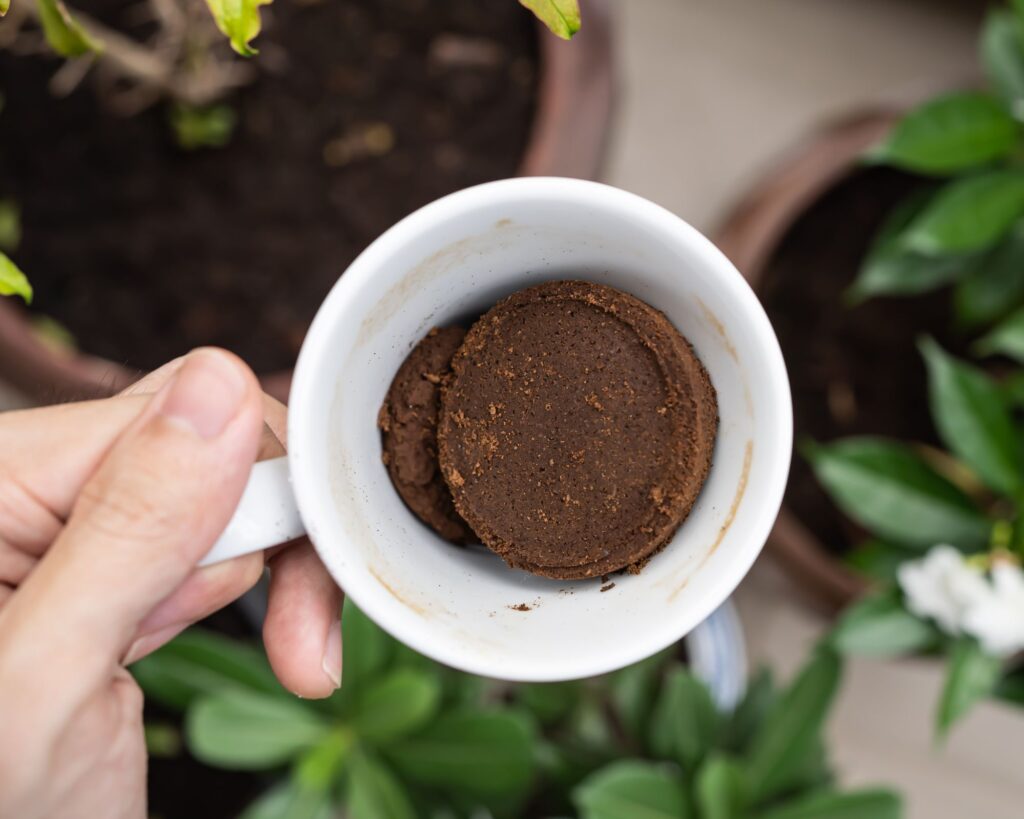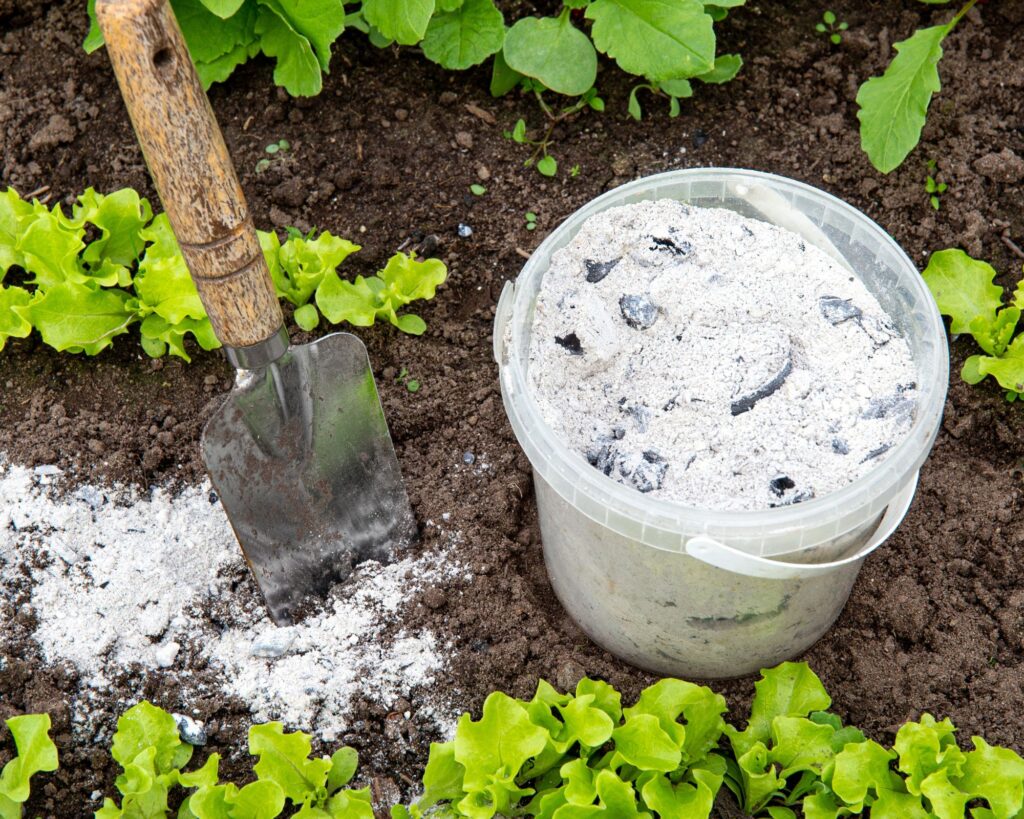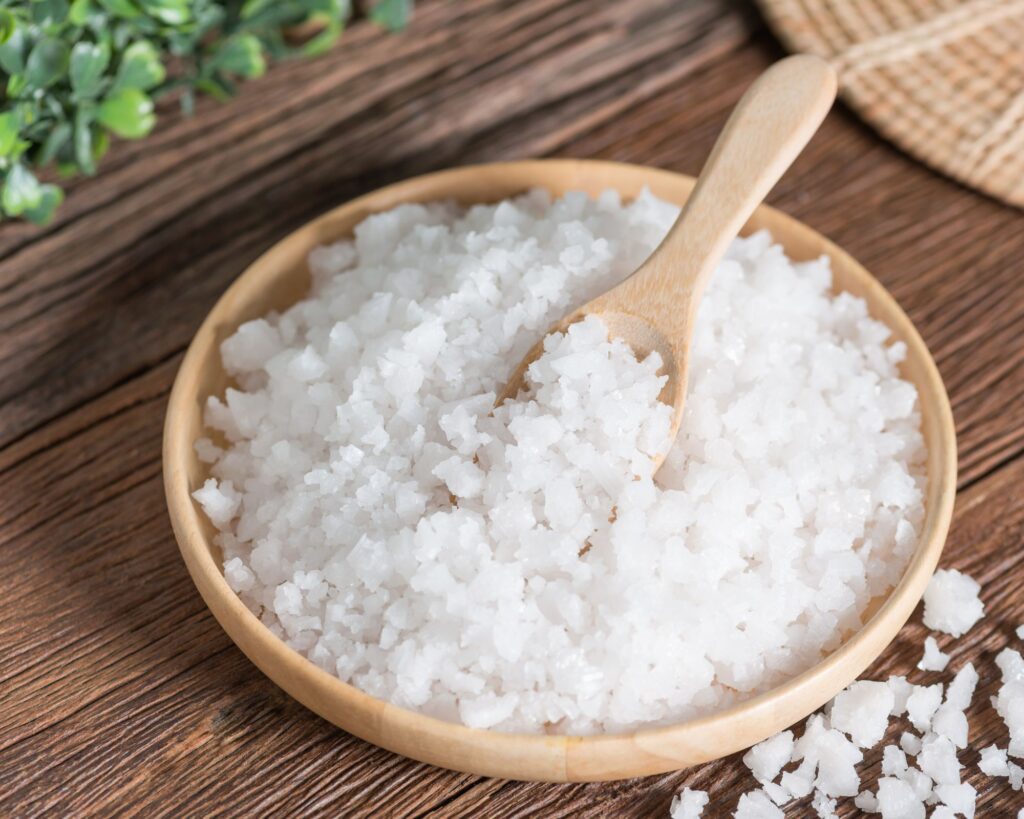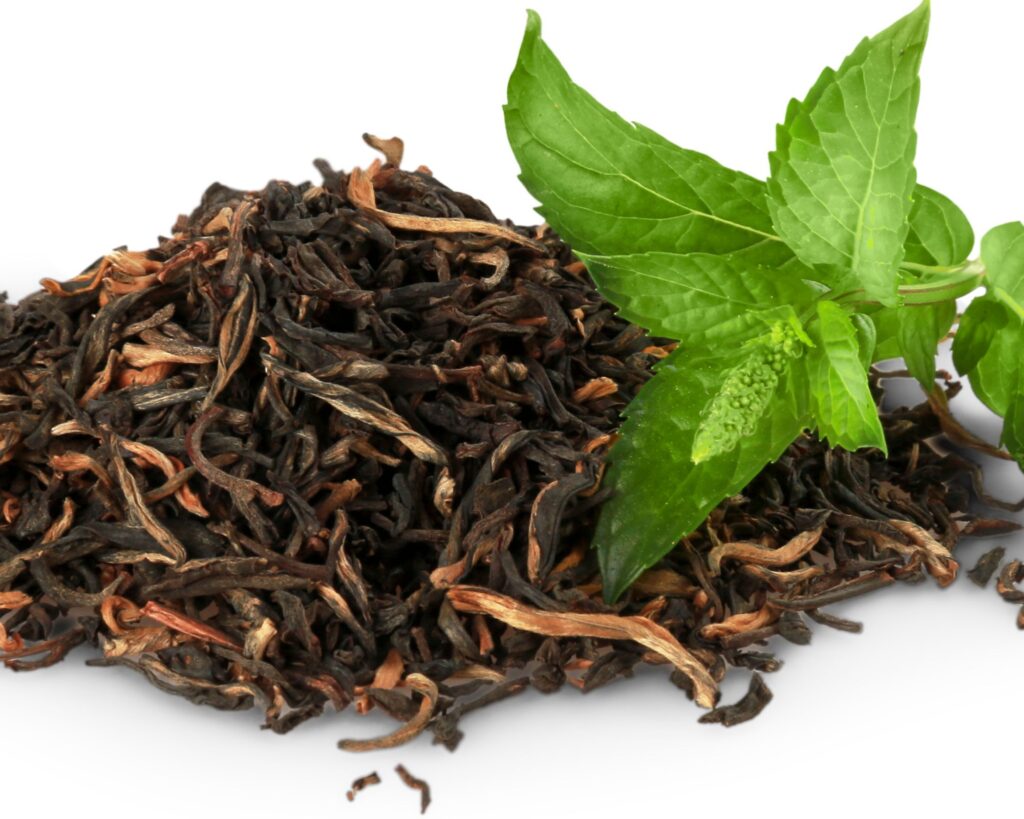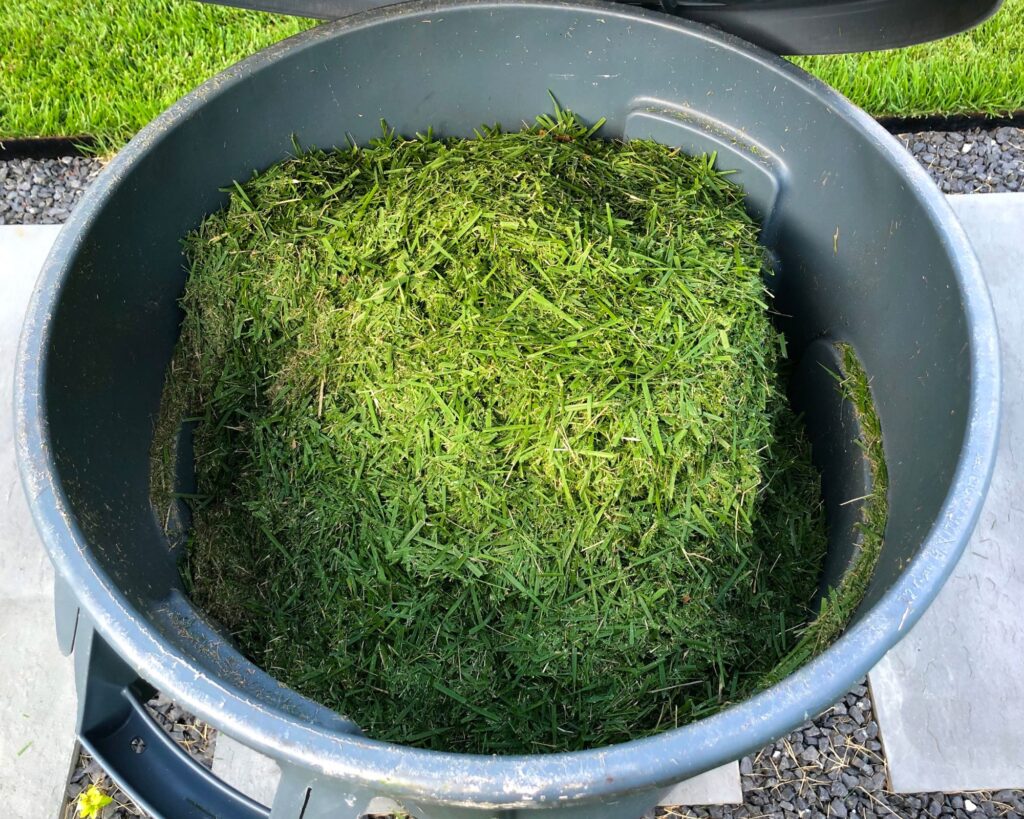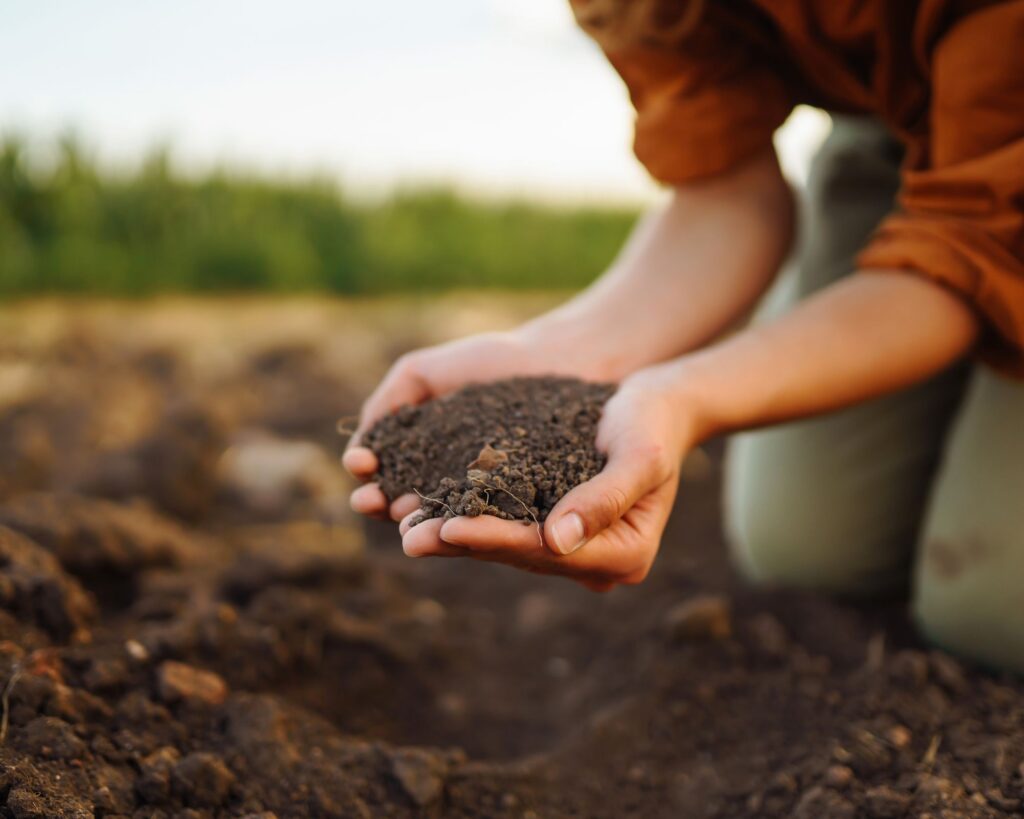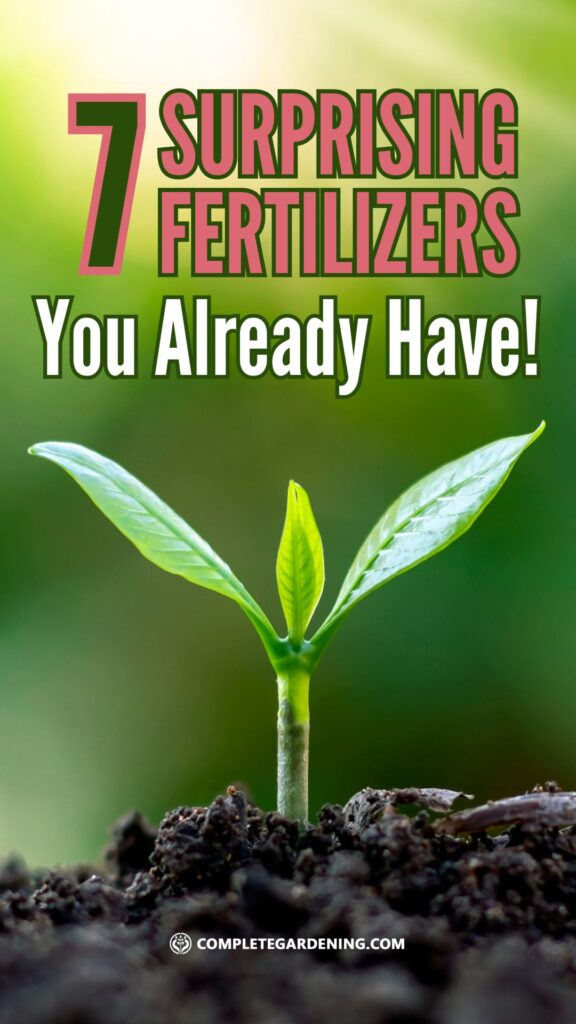Ever thought your morning coffee could fuel more than just your day? Gardening enthusiasts, prepare to be surprised!
Beyond the garden center shelves, hidden in your kitchen and pantry, are powerful, natural fertilizers waiting to be discovered.
Turn your everyday waste into a garden’s delight with these seven astonishing household items.
From nutrient-rich coffee grounds to calcium-packed eggshells, these humble items can transform your garden into a flourishing paradise.
Embrace this eco-friendly, budget-saving gardening secret and watch your plants thrive like never before.
1. Coffee Grounds
Coffee grounds are a fantastic source of nitrogen, a crucial nutrient that helps plants grow lush, green foliage. In addition to nitrogen, coffee grounds contain small amounts of other essential nutrients like phosphorus, potassium, and various micronutrients.
The slightly acidic nature of coffee grounds makes them particularly beneficial for acid-loving plants such as blueberries, roses, and tomatoes.
To use coffee grounds as fertilizer, you can sprinkle them directly onto the soil surface or mix them into the soil.
It’s also effective to add coffee grounds to your compost pile, where they can decompose and contribute to the overall nutrient content of your compost.
Be cautious not to use coffee grounds excessively, as they can alter the soil pH and impact plant health.
2. Eggshells
Eggshells are an excellent source of calcium, an essential nutrient that strengthens plant cell walls and aids in root development. Calcium deficiency can lead to issues like blossom end rot in tomatoes and peppers.
Using eggshells as a natural fertilizer can help prevent such problems and promote overall plant health.
To prepare eggshells for use in your garden, rinse them thoroughly to remove any remaining egg whites and let them dry. Once dry, crush the eggshells into small pieces or grind them into a fine powder using a food processor or mortar and pestle.
Sprinkle the crushed eggshells around the base of your plants or mix them into the soil. Over time, the eggshells will decompose, releasing calcium and other trace minerals into the soil.
3. Banana Peels
Banana peels are rich in potassium, an essential nutrient that supports various plant functions, including water regulation, enzyme activation, and photosynthesis.
Potassium also helps plants build resistance to diseases and stressors like drought and frost. Additionally, banana peels contain small amounts of other nutrients, such as phosphorus and calcium.
There are several ways to use banana peels as fertilizer. One method is to bury the peels directly in the soil near the roots of your plants. This allows the nutrients to be gradually released as the peels decompose.
Alternatively, you can chop the peels into small pieces and mix them into your compost pile. Another option is to create banana peel tea by soaking the peels in water for a few days.
The resulting liquid can be used to water your plants, providing them with a nutrient-rich boost.
4. Wood Ash
If you have a fireplace or wood stove, you can repurpose wood ash as a valuable fertilizer for your garden. Wood ash contains essential nutrients like potassium, calcium, and magnesium.
It can also help raise the pH of acidic soils, making it beneficial for plants that prefer alkaline conditions, such as lilacs, lavender, and asparagus.
When using wood ash as fertilizer, it’s important to use it sparingly and to avoid applying it to plants that prefer acidic soils, such as blueberries and azaleas.
Before applying wood ash, ensure it is completely cool and free from any unburned wood or charcoal. Sprinkle a thin layer of ash over your garden soil and lightly rake it in.
Be cautious not to overuse wood ash, as excessive amounts can lead to nutrient imbalances and soil alkalinity issues.
5. Epsom Salt
Epsom salt, also known as magnesium sulfate, is a versatile household item that can benefit your plants in various ways.
Magnesium is a crucial component of chlorophyll, which is essential for photosynthesis, while sulfur aids in the production of amino acids and vitamins. Epsom salt can help improve flower blooming and enhance the green color of plants.
To use Epsom salt as fertilizer, dissolve one tablespoon of Epsom salt in a gallon of water. Use this solution to water your plants once a month. You can also sprinkle Epsom salt directly onto the soil around your plants and water it in.
This method is particularly beneficial for tomatoes, peppers, and roses, which often benefit from additional magnesium.
6. Tea Leaves
Used tea leaves, like coffee grounds, are rich in nitrogen and can be a valuable addition to your garden soil. They also contain tannic acid, which can help improve soil structure and increase its ability to retain moisture.
Tea leaves can be used to fertilize a variety of plants, including roses, ferns, and other acid-loving species.
After enjoying a cup of tea, don’t throw away the used leaves. Instead, let them dry out and then sprinkle them onto the soil around your plants. You can also add used tea bags to your compost pile.
Just make sure to remove any staples or synthetic materials from the bags before composting them. Used tea leaves help enrich the soil and encourage healthy growth in plants that prefer slightly acidic conditions.
7. Grass Clippings
Grass clippings are a readily available and nutrient-rich source of fertilizer for your garden. They contain nitrogen, phosphorus, and potassium, all of which are essential for plant growth.
Using grass clippings as mulch can help retain soil moisture, suppress weeds, and slowly release nutrients as they decompose.
To use grass clippings as fertilizer, spread a thin layer of them around the base of your plants. Avoid piling them too thickly, as this can create a dense mat that prevents water and air from reaching the soil.
If you have a large quantity of grass clippings, consider adding them to your compost pile to create a balanced and nutrient-rich compost.
Tips for Using Household Fertilizers Effectively
While these household items can provide valuable nutrients to your plants, it’s essential to use them correctly to avoid potential issues. Here are some tips for using household fertilizers effectively:
- Moderation is Key: Too much of any fertilizer, even natural ones, can harm your plants. Use household fertilizers in moderation and observe how your plants respond.
- Balance Nutrients: Different plants have varying nutrient needs. Ensure you are providing a balanced mix of nutrients by using a variety of household fertilizers.
- Test Your Soil: Conduct a soil test to determine its pH and nutrient levels. This information can help you choose the right fertilizers and avoid nutrient imbalances.
- Composting: Consider composting household waste to create a nutrient-rich soil amendment. Composting helps recycle organic materials and reduces the need for chemical fertilizers.
- Avoid Contaminants: Ensure that household items used as fertilizers are free from contaminants such as pesticides, herbicides, and synthetic materials.
Additional Benefits of Using Household Items as Fertilizer
Using household items as fertilizers not only provides essential nutrients for your plants but also offers several other advantages. Here are some additional benefits:
1. Cost-Effective – One of the most significant advantages of using household items as fertilizers is the cost savings. Commercial fertilizers can be expensive, especially for larger gardens.
By using items you already have at home, you can save money and still provide your plants with the nutrients they need.
2. Environmentally Friendly – Using household items as fertilizers is an eco-friendly practice. It reduces the amount of waste that ends up in landfills and decreases the need for chemical fertilizers, which can have harmful effects on the environment.
By recycling organic materials, you contribute to a more sustainable gardening practice.
3. Easy Accessibility – Household items are readily available and can be used immediately without the need for a trip to the garden center. This convenience allows you to respond quickly to your plants’ needs, providing them with a nutrient boost whenever necessary.
4. Improved Soil Health – Many household items not only add nutrients to the soil but also improve its structure and health.
For example, coffee grounds and tea leaves help improve soil texture and water retention, while eggshells and wood ash can enhance soil pH and nutrient availability.
In conclusion, transforming everyday household waste into natural fertilizers is a practical and sustainable way to enhance your garden.
By utilizing items like coffee grounds, eggshells, banana peels, aquarium water, and wood ash, you not only provide essential nutrients to your plants but also contribute to reducing household waste.
These simple and cost-effective methods can significantly improve soil health, promote robust plant growth, and create a thriving, eco-friendly garden.
Embrace these unconventional solutions and watch your garden flourish while enjoying the satisfaction of sustainable gardening practices.

